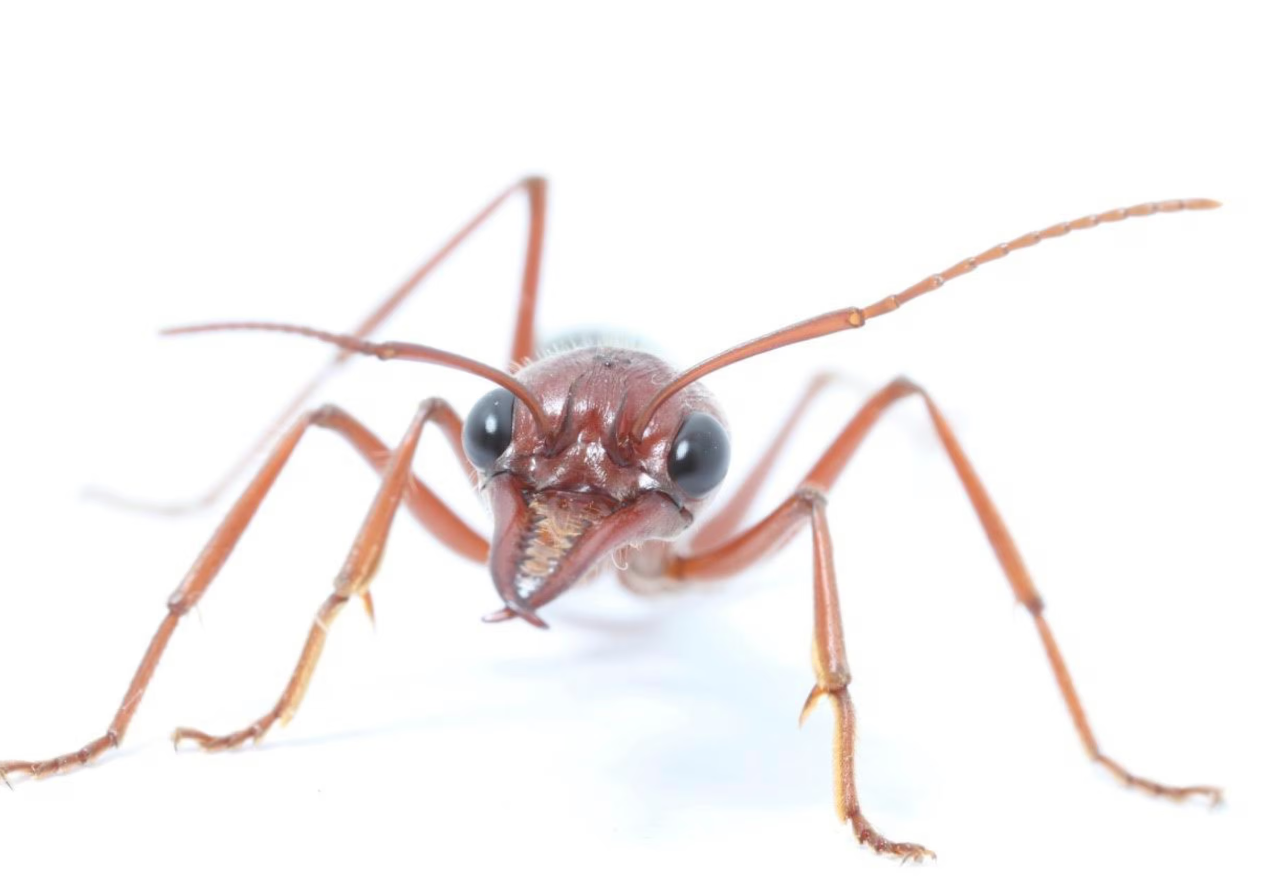As the sun goes down outside of Sydney, Australia, bull ants march out of their nests and into the trees.
Once there, the ants attack other insects and arthropods, as well as collect tree sap and other resources, before returning to the nest with their haul before dawn.
However, unlike many other ant species, which follow the scent trails left by their sisters, bull ants of the species Myrmecia midas don’t appear to communicate by chemical signal. Instead, each forager forges its own path.

And that raises an interesting question: How do nocturnal bull ants find their way home in the dark?
“It’s always kind of been this mystery,” says Cody Freas, a neuroethologist at Macquarie University in Australia.
Fortunately, a new study appears to shine some light on this enigma: Bull ants use the moon’s polarized light like a nocturnal compass, the scientists conclude.
Polarized patterns
While human eyes are attuned to certain wavelengths of light emitted by the sun and stars or reflected from the moon, the top-most part of bull ants’ eyes can see a pattern in the sky that’s invisible to us—polarized light. This pattern shines through even when celestial bodies are obscured by clouds.
By manipulating the pattern with a filter placed over the ants as they returned to nests in the wild, the scientists were able to show that the insects were following that signal and making course-corrections based on it in real-time, as opposed to navigating based on a memory of its position.
The filter “basically changes the entire sky above them,” explains Freas, who was lead author of the study, recently published as a reviewed preprint in the journal eLife.
The ants showed themselves capable of navigating by polarized moonlight even during a crescent moon, when the light signal would have been just 20 percent as strong as a full moon—which itself provides light one million times weaker than direct sunlight.
While dung beetles are known to use polarized light from the moon and even stars to keep their balls rolling in a straight line, this is the first time an animal has been shown to navigate by polarized moonlight toward a fixed location—the bull ants’ home.
Bulls on parade
While the study is the first to document the ants’ use of polarized light for nocturnal navigation, the scientists have had a hunch for awhile now that the moon was involved.

